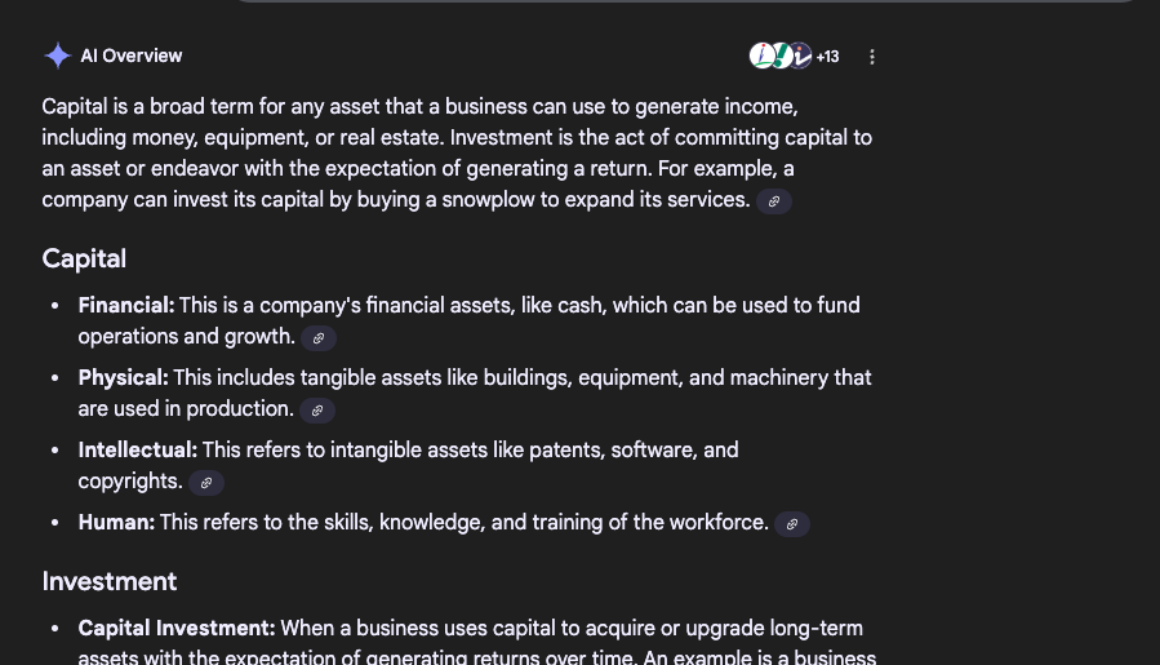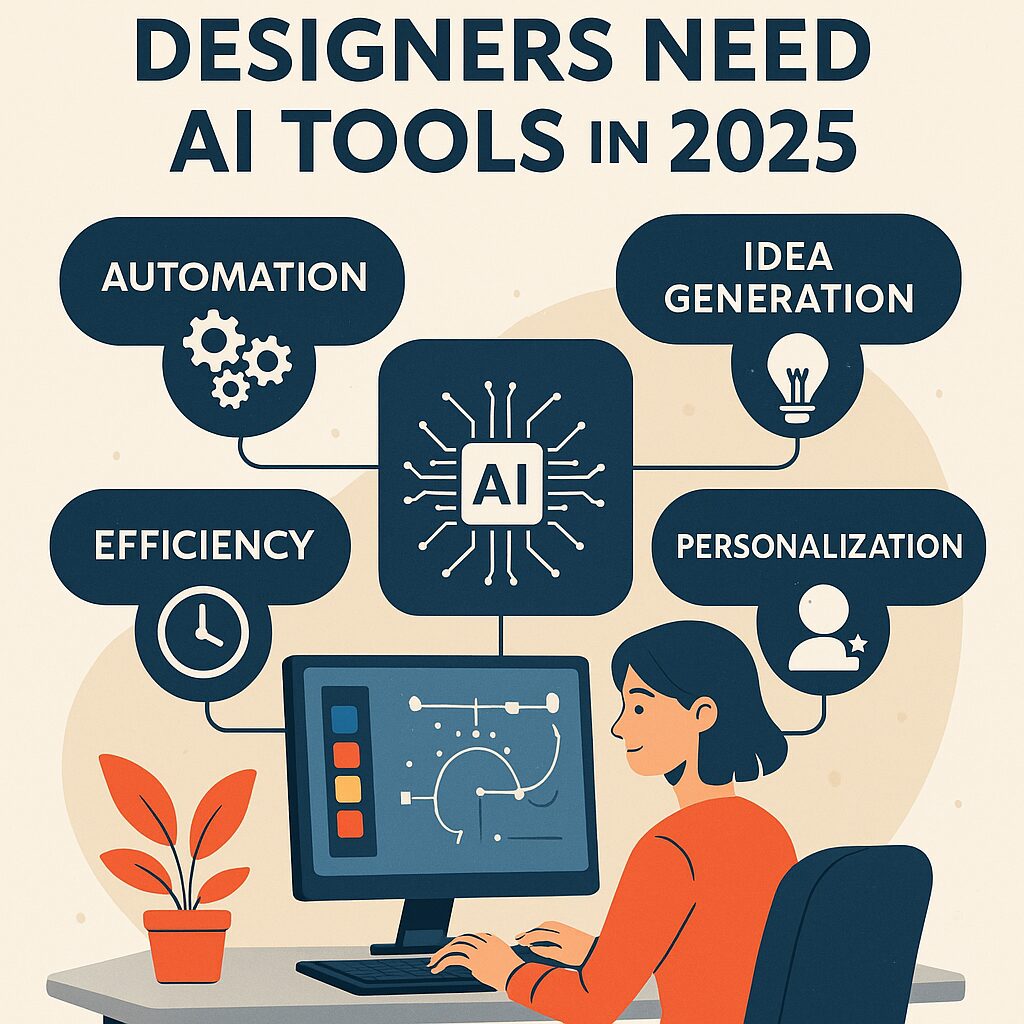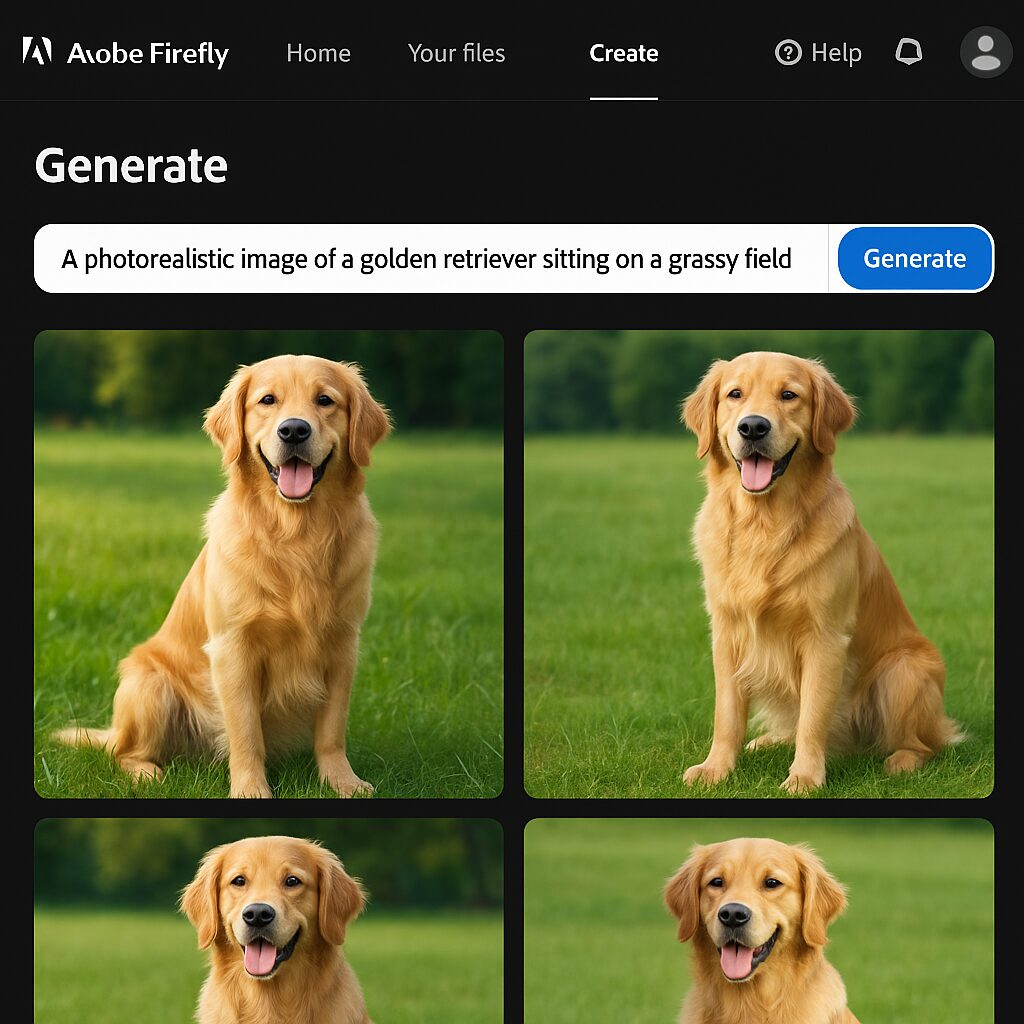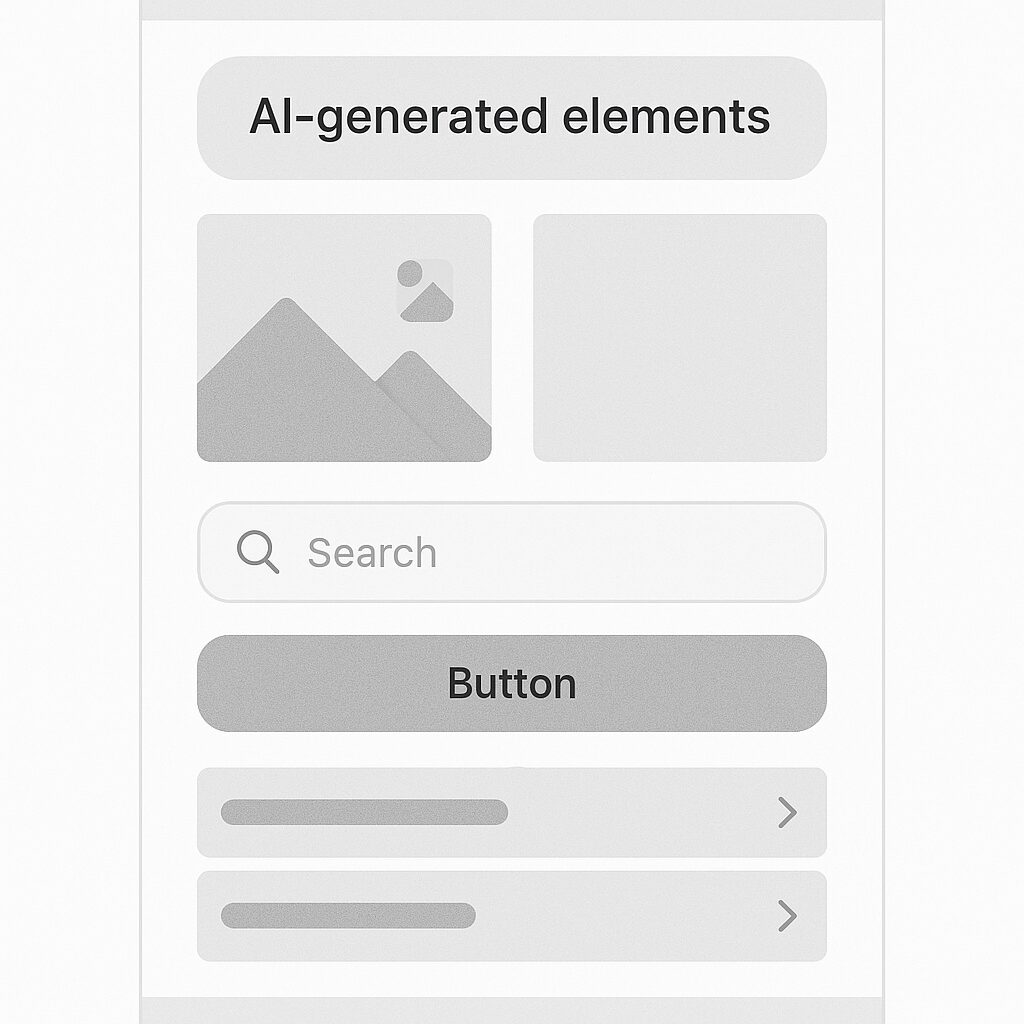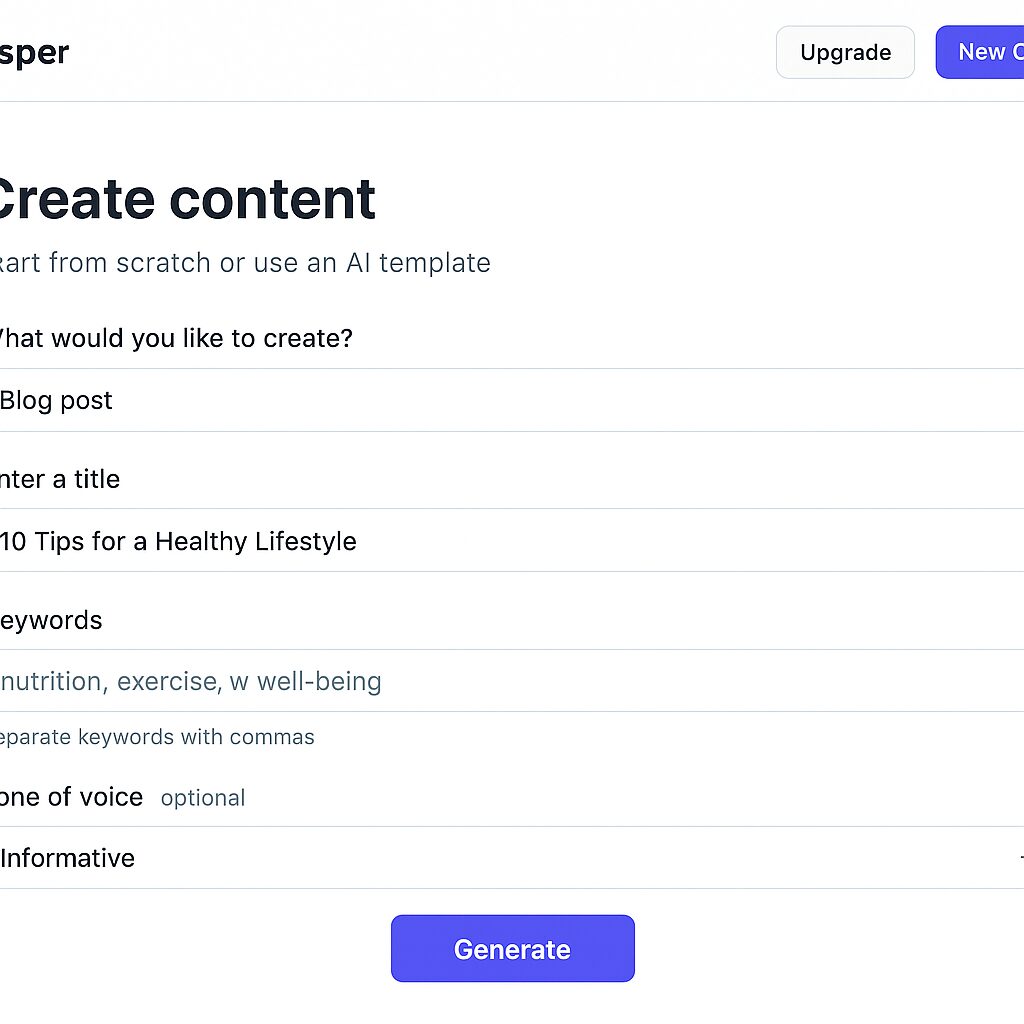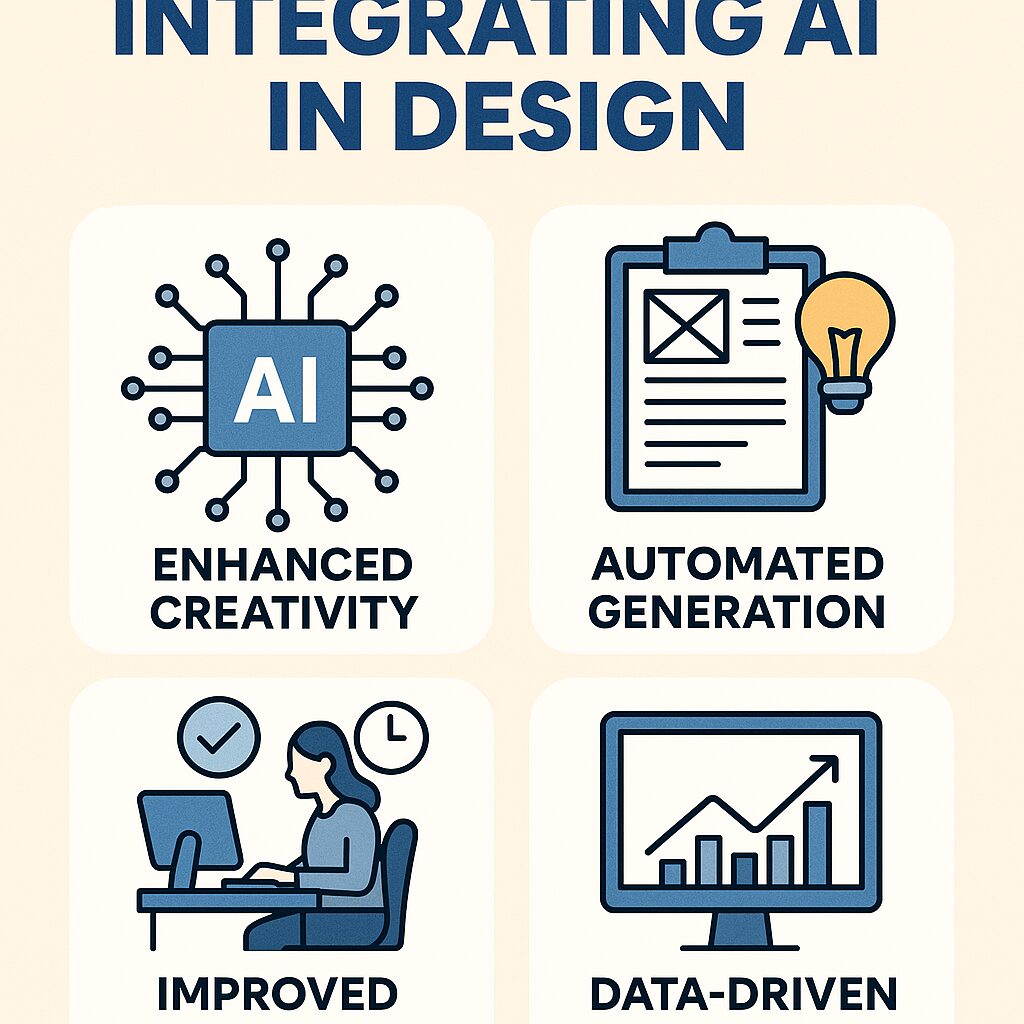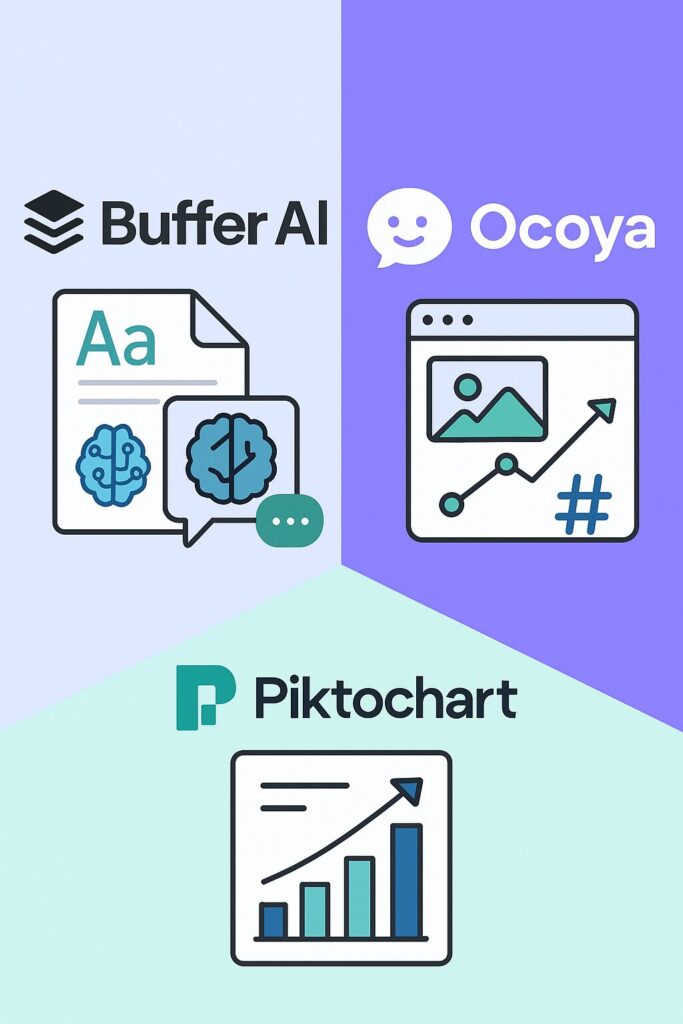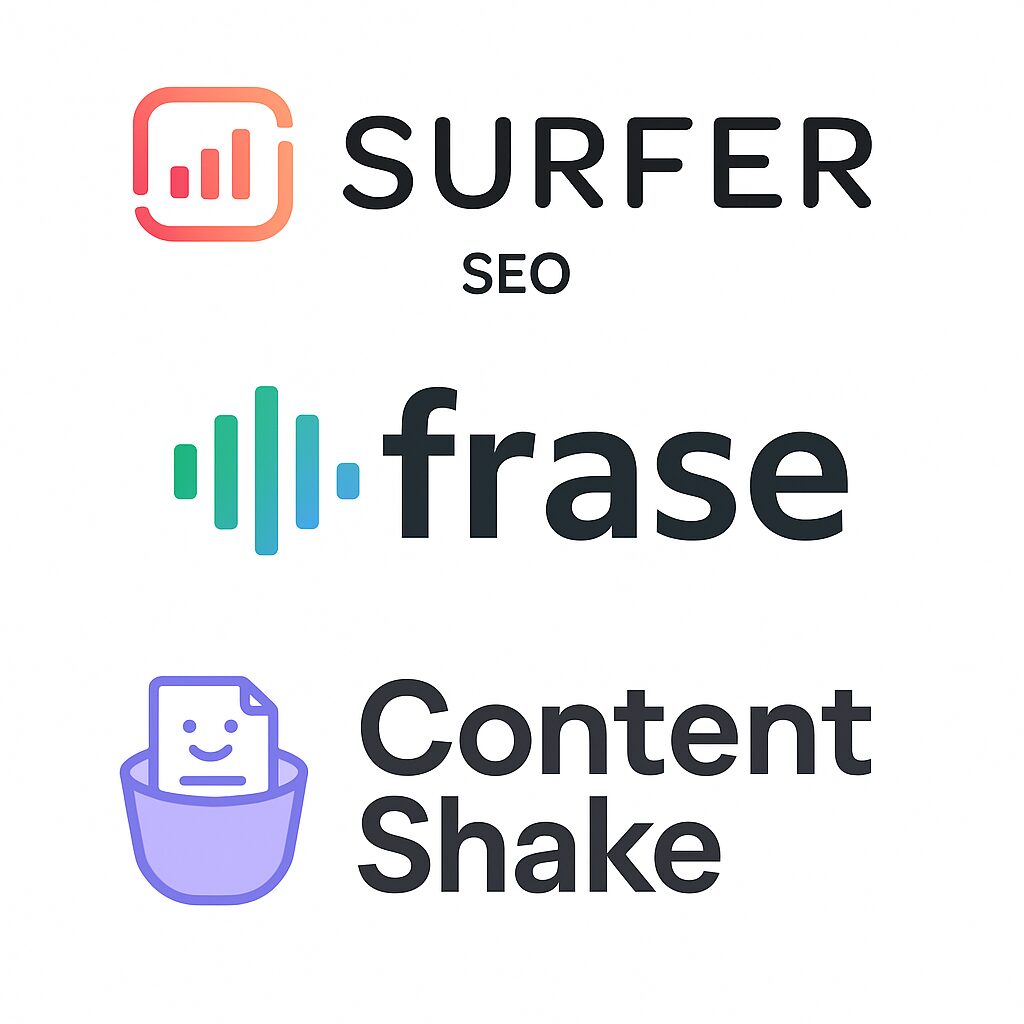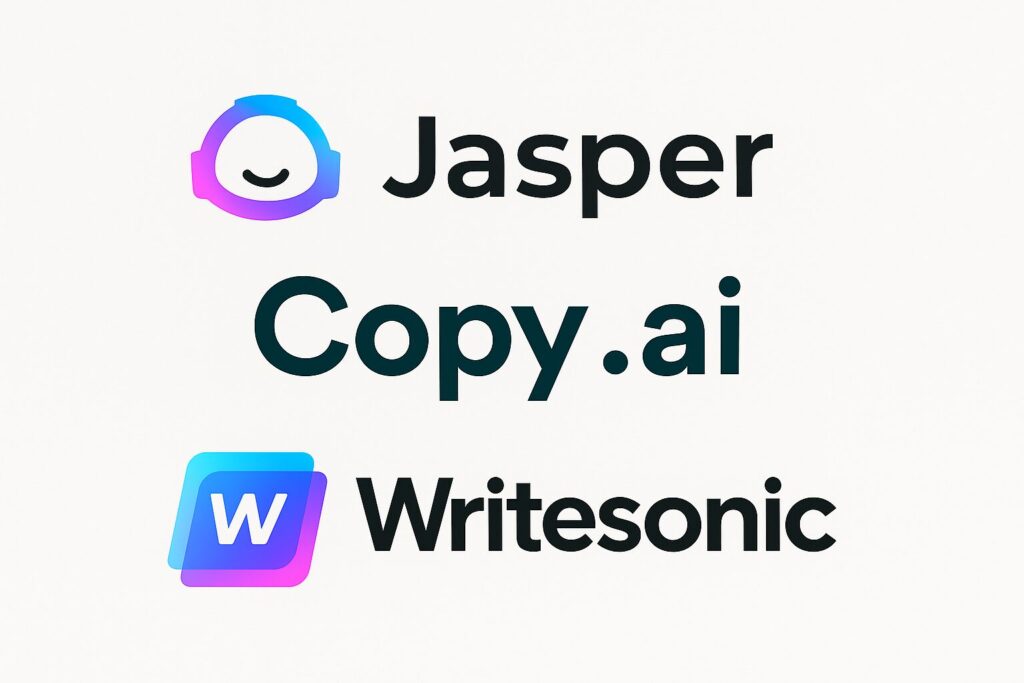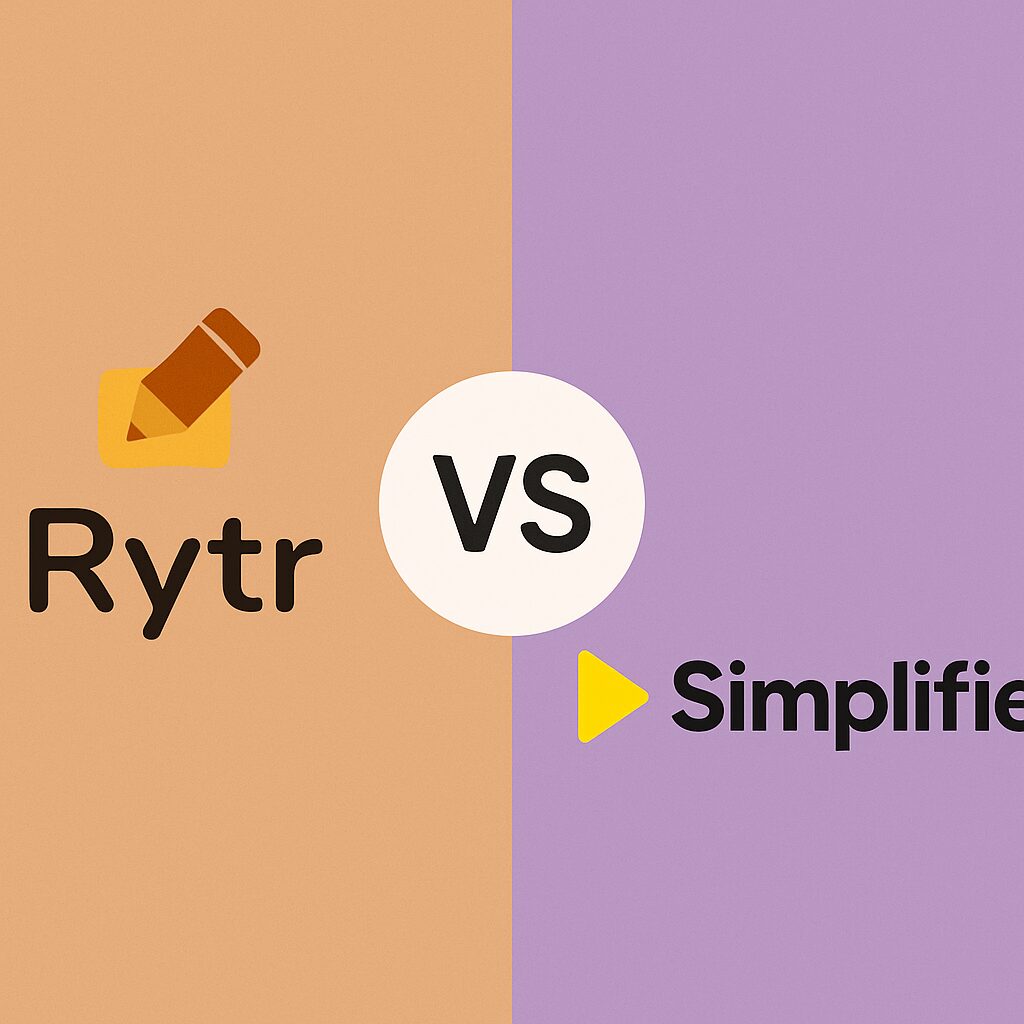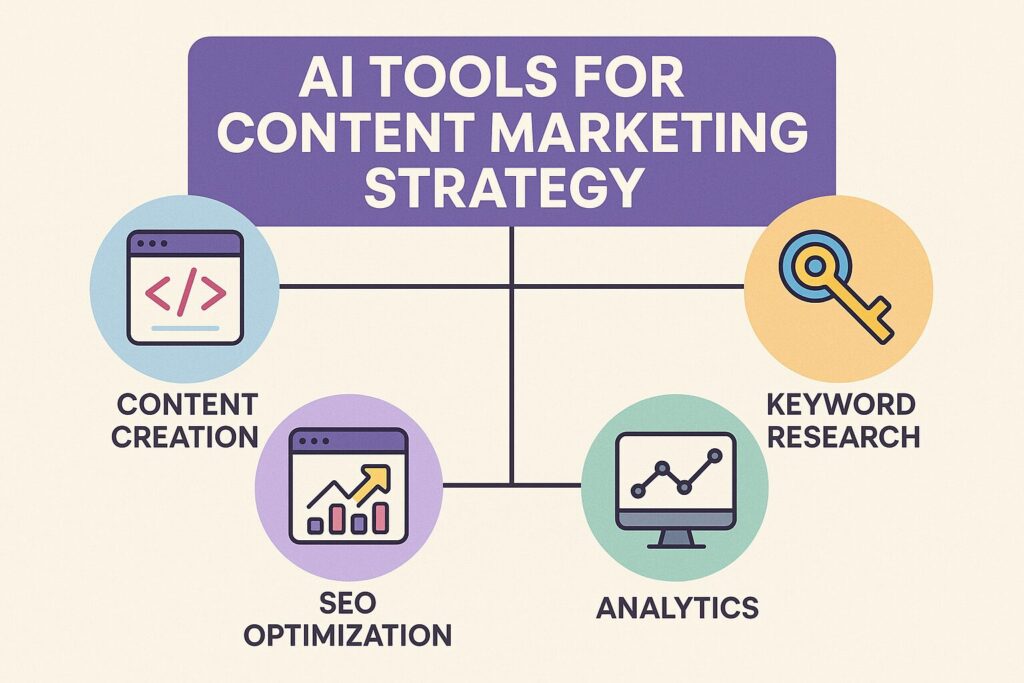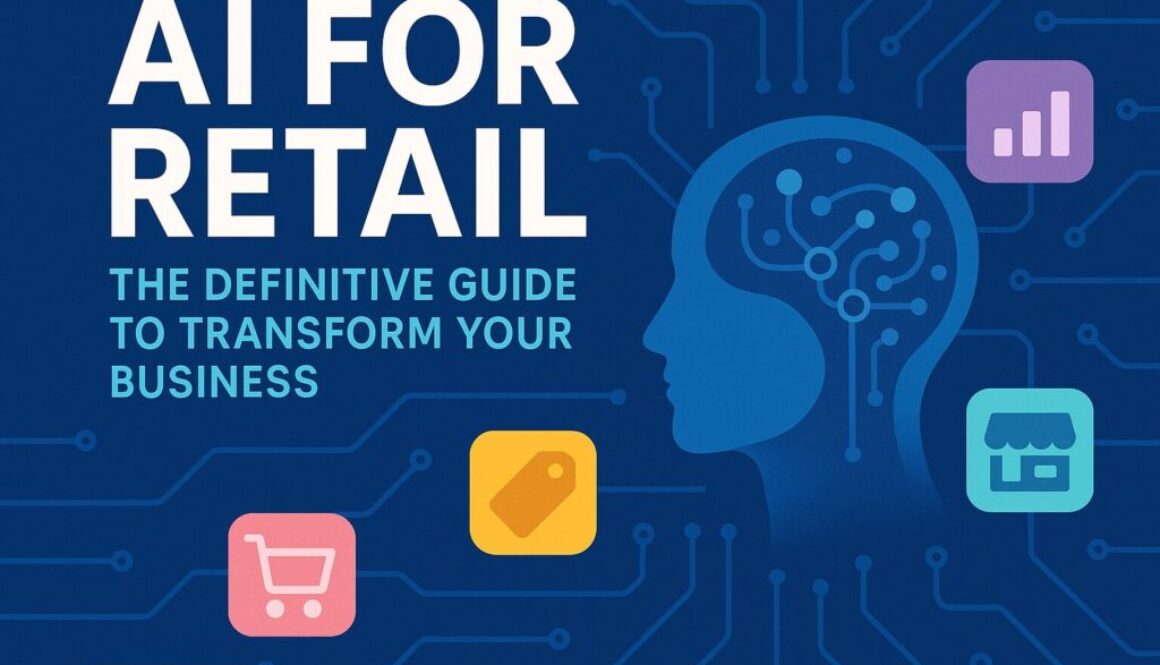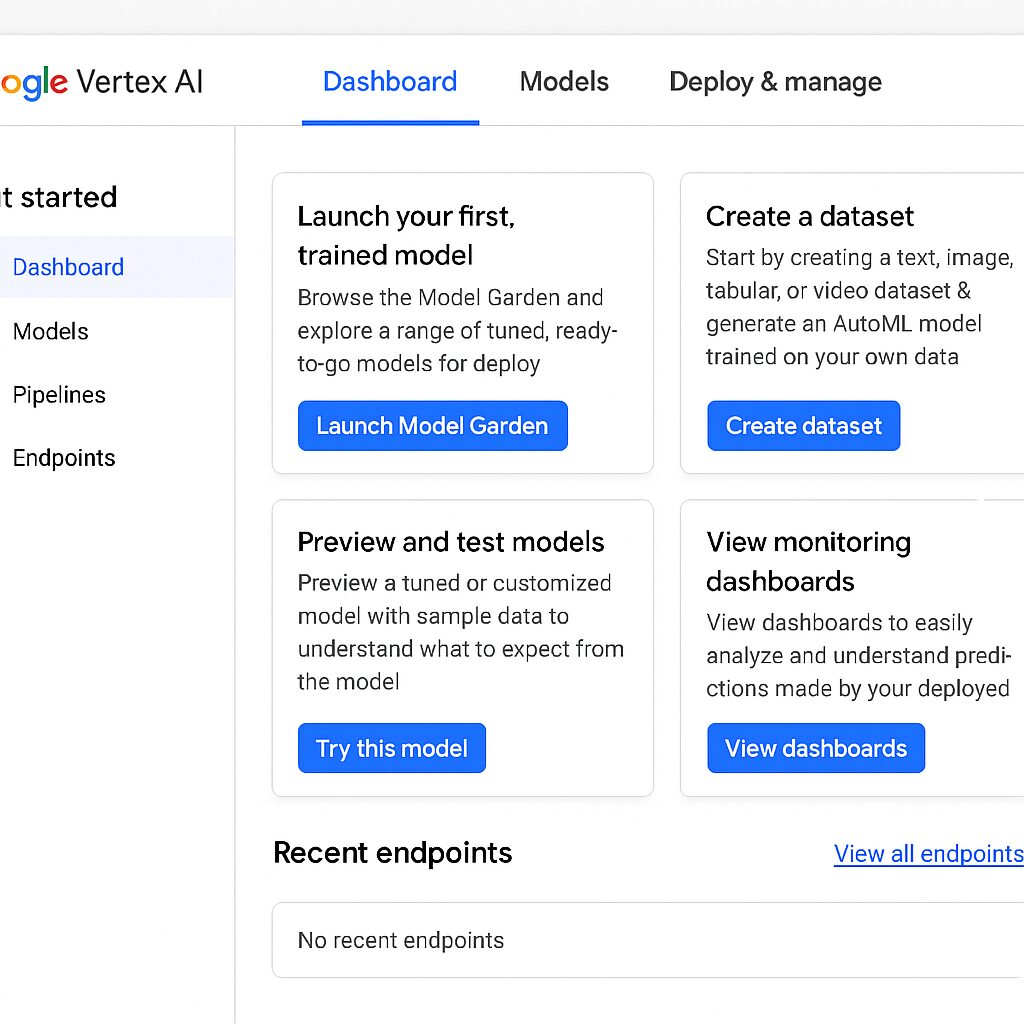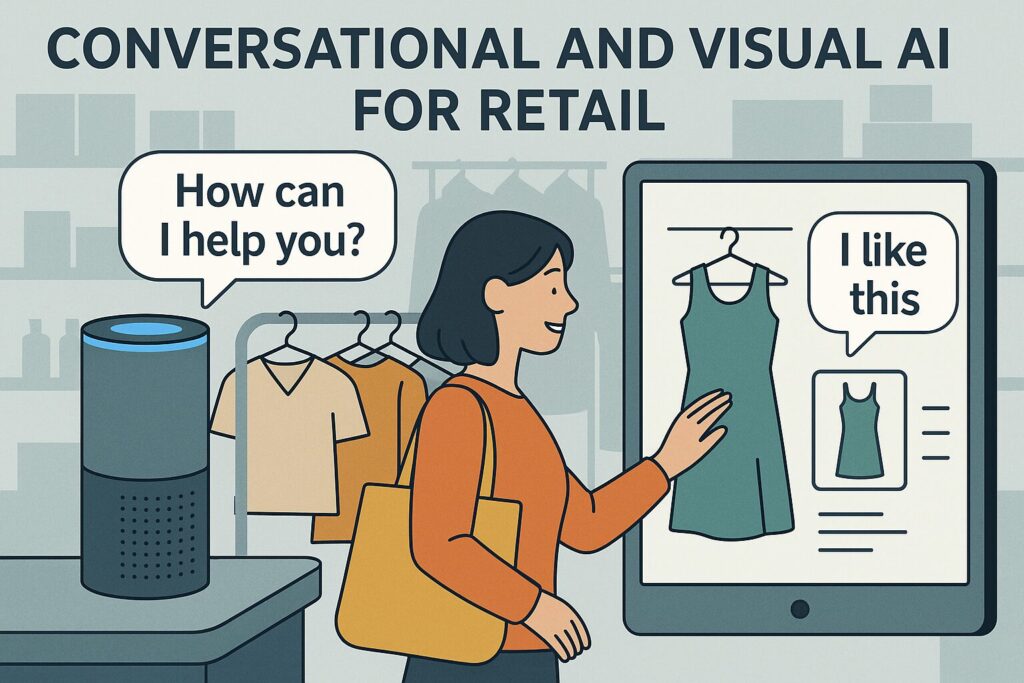We Analyzed 3,000+ Healthcare and Investment Searches in Singapore | Here’s When Google’s AI Overviews Take Over
TL;DR
- AI Overviews appear in only 14.7% of 3,400 Singapore searches, mainly on informational and low-competition queries.
- Healthcare searches (23.5%) trigger AI Overviews twice as often as Investment searches (10.1%), showing Google’s focus on information-driven topics.
- Three-word queries (30.9%) are most likely to surface AI Overviews — signaling stronger AI visibility for mid-length, conversational searches.
- AI Overview keywords have 50–60% lower CPCs, meaning Google’s AI is still cautious about monetized, high-value commercial queries.
- SERP features like “People Also Ask,” “Related Searches,” and “Videos” frequently appear with AI Overviews — proving that Google’s AI supplements, not replaces, traditional search features.
What Is Google’s AI Overview?
Google’s AI Overview is a feature that uses artificial intelligence to summarize information directly at the top of a search results page. Instead of showing you ten blue links and leaving you to figure out the answer, Google’s AI reads multiple websites, combines the most relevant insights, and presents them as a short, easy-to-read summary. It’s like having a quick, research assistant built into Google one that instantly explains complex topics or step-by-step guides without you needing to open multiple tabs.
For example, if someone searches “how to register a business in Singapore”, the AI Overview might show a concise paragraph outlining the process, followed by links to official sources such as ACRA or Gov.sg. It’s not a chatbot or a standalone app, it’s an AI-powered layer inside Google Search that helps users get answers faster and with less friction.
Why AI Overviews Matter for Businesses and Marketers
For business owners and digital marketers, AI Overviews represent a major shift in how people discover information online. If Google’s AI can answer user questions directly on the results page, fewer people may click through to traditional websites. This means ranking high on Google alone isn’t enough, what really matters now is whether your content is referenced or used by the AI Overview itself.
An article on Ahrefs’ blog states that a study of 300,000 keywords found a 34.5% lower average CTR for top ranking pages when an AI Overview was present.
A report by BrightEdge also observed that while search impressions rose 49% year-on-year, CTRs dropped about 30%, attributing much of the decline to AI Overviews.
However, this change also creates new opportunities. Google still relies on high-quality, trustworthy sources to generate its AI summaries. Businesses that produce clear, well-structured, and credible content can actually benefit. Their brand might appear directly within the AI Overview or as a featured link below it. For marketers, this means optimizing for AI visibility is the next frontier of SEO: creating content that’s not just keyword-rich, but answer-ready.
How We Analyzed 3,400 Singapore Search Queries on AI Overviews
To uncover how Google’s AI Overviews are influencing local search visibility, we analyzed a dataset of 3,400 real search keywords from two key industries: Investments and Healthcare. These sectors were chosen because they reflect both high commercial intent and public information sensitivity, making them ideal for observing how AI-generated summaries affect visibility and user engagement in Singapore.
The dataset was sourced from SEMrush’s keyword research tool and focused exclusively on Singapore-based search results. We began with seed keywords like “investment” and “healthcare”, then expanded to include related and long-tail queries. For each keyword, we captured key metrics including search volume, keyword difficulty, CPC (SGD), competitive density, and whether an AI Overview appeared in the SERP.
By analyzing these signals side by side, we aimed to understand where and when AI Overviews appear most frequently, and how they correlate with competition level, ad value, and search intent. This provides a clearer picture of how Google’s AI-driven results are reshaping search exposure for Singaporean businesses especially in industries that rely heavily on trust, authority, and content visibility.
How Often Do AI Overviews Actually Appear in Singapore Searches?
Based on our sample of 3,400 keywords from the Investment and Healthcare sectors, only 14.74% of searches showed an AI Overview in Google’s results. This means that roughly 1 in 7 queries currently display an AI-generated summary. It’s important to note that this finding reflects only this specific dataset, not all industries, but it suggests that AI Overviews are still in a limited rollout stage, appearing mainly for informational or low-competition topics rather than across every search.
3,400 keywords from the Investment and Healthcare sectors
| AI Overview | Pct |
| No | 85.26% |
| Yes | 14.74% |
AI Overviews appeared in 23.48% of Healthcare-related searches, nearly double the rate seen in the Investment category (10.08%). This suggests that Google’s AI is currently more active in information-driven sectors like Healthcare, while remaining more conservative in finance-related queries where accuracy and regulation are critical.
| Category | Keywords without AI Overviews | Keywords with AI Overviews |
| Healthcare | 76.52% | 23.48% |
| Investments | 89.92% | 10.08% |
Do Longer Search Phrases Trigger More AI Overviews?
Out of 3,400 keywords, only 507 keywords contained AI Overviews. Among these, three-word searches made up the largest share at 30.9%, followed by four-word (21.8%) and two-word (21.7%) queries. This shows that AI Overviews are most common for mid-length, conversational searches — the kind people naturally type or speak when using tools like ChatGPT or voice search. In contrast, very short or overly long queries are less likely to trigger AI-generated summaries, suggesting Google’s AI performs best when the search intent is clear but not overly specific.
Count of Keywords with AI Overviews by Wordcount
| Word Count Group | Count of Keywords with AI Overviews | Percentage |
| 3 words search | 146 | 28.80% |
| 4 words search | 128 | 25.25% |
| 5 words search | 88 | 17.36 |
| 6+ words search | 75 | 14.79% |
| 2 words search | 67 | 13.21% |
| 1 word search | 3 | 0.59% |
Investment Keyword Group
| Word Count Group | Count of Keywords with AI Overviews | Percentage |
| 3 words search | 58 | 25.66% |
| 4 words search | 57 | 25.22% |
| 6+ words search | 56 | 24.78% |
| 5 words search | 43 | 19.03% |
| 2 words search | 12 | 5.31% |
Sample 3-Word Searches Where AI Overviews Appear in Google SERPs for Investment
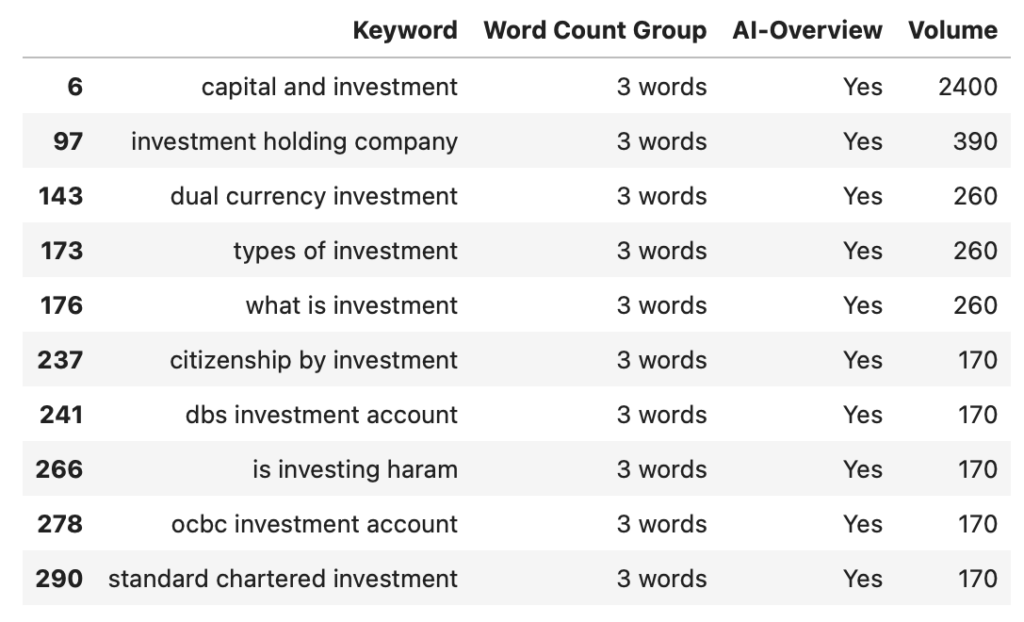
Healthcare Keyword Group Only
| Word Count Group | Count | Percentage |
| 3 words search | 88 | 31.32% |
| 4 words search | 71 | 25.27% |
| 6+ words search | 55 | 19.57% |
| 5 words search | 45 | 16.01% |
| 2 words search | 19 | 6.76% |
| 1 word search | 3 | 1.07% |
Sample 3-Word Searches Where AI Overviews Appear in Google SERPs for Healthcare
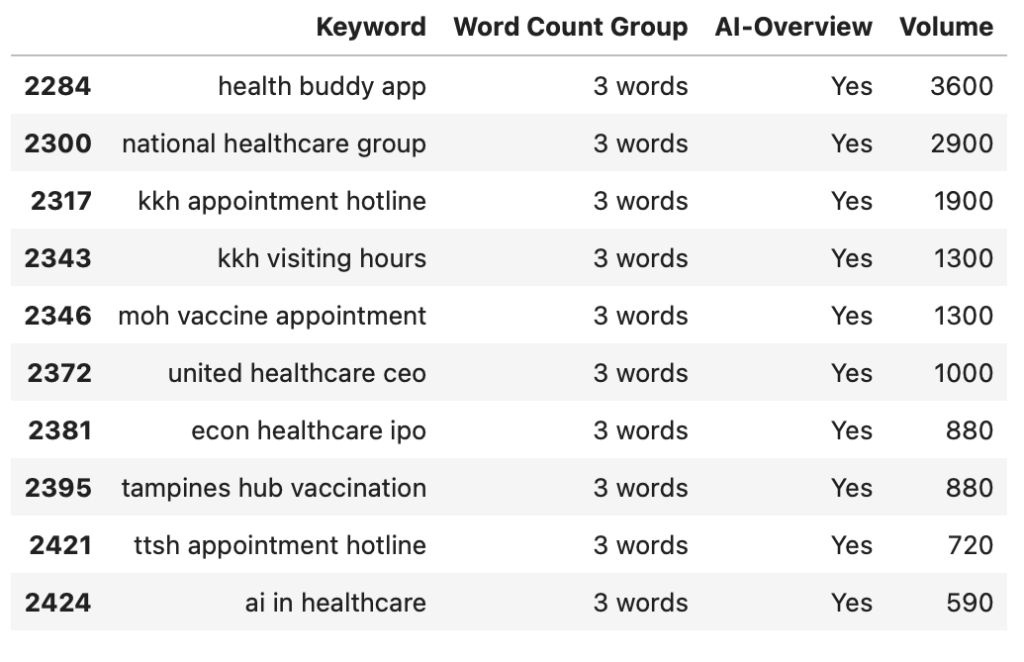
What Type of Searches Trigger AI Overviews the Most?
Our analysis shows that AI Overviews appear most frequently for informational queries, which account for 63.9% of all instances in our dataset. These are searches where users are looking to learn or understand something, for example, “how to invest in ETFs” or “what is preventive healthcare.” The data suggests that Google’s AI is primarily designed to assist with knowledge-seeking behavior, summarizing clear, factual answers rather than influencing purchase decisions or brand navigation.
In contrast, commercial and transactional intents where users are closer to making a purchase make up a much smaller share, with only 11.8% purely commercial and 1.6% purely transactional. This reinforces that Google’s AI Overviews currently prioritize educational and research-focused content, keeping ad-heavy or high-value transactional keywords relatively untouched. For digital marketers, this means the biggest AI visibility opportunities lie in top-of-funnel, informational content that builds trust and authority before the customer decides to buy.
| Intent (Top 5) | Count | Percentage |
| Informational | 324 | 63.91% |
| Informational & Commercial | 66 | 13.02% |
| Commercial | 60 | 11.83% |
| Informational & Transactional | 29 | 5.72% |
| Navigational | 12 | 2.37% |
Top Informational-Intent Keywords in the Investment Category with the Highest Search Volume
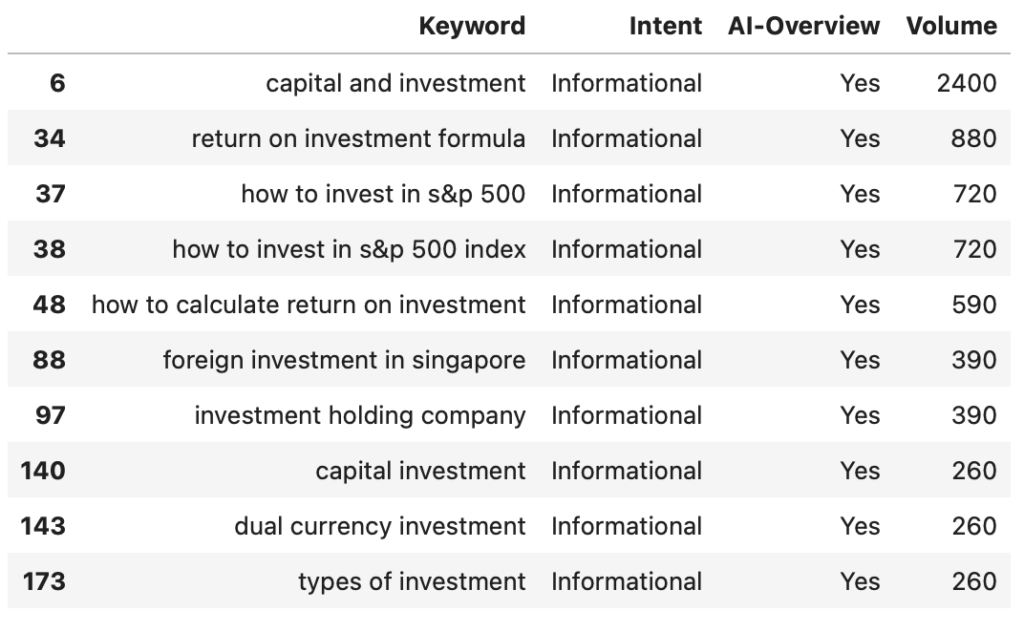
Top Informational-Intent Keywords in the Healthcare Category with the Highest Search Volume

Are AI Overviews Targeting Cheaper, Easier Keywords?
| AI-Overview | Keyword Difficulty | CPC (SGD) | Keyword Count |
| No | 29.70 | 1.15 | 2932 |
| Yes | 27.81 | 0.50 | 507 |
Our analysis of 3,400 Singapore-based keywords shows that AI Overviews tend to appear in lower-competition, lower-value searches. On average, keywords with AI Overviews have a difficulty score of 27.8, compared to 29.7 for those without. This suggests that Google’s AI is currently more active in easier, less competitive spaces the kind of “how to,” “what is,” and “definition” searches that dominate the informational stage of the customer journey.
Interestingly, these AI Overview keywords also show a much lower average CPC, dropping from 1.15 SGD to 0.50 SGD, a decline of roughly 50–60%. This indicates that advertisers are not bidding aggressively on these queries, likely because they are early-funnel and carry less immediate commercial intent. In other words, AI Overviews are appearing most often where ad competition and monetization pressure are minimal.
This pattern suggests that Google is testing AI Overviews in safer environments, focusing on queries where accuracy, authority, and user education matter more than ad revenue. By limiting AI Overviews to informational searches, Google can refine its models and minimize the risk of factual or financial errors before expanding to high-stakes, commercial terms.
For marketers and businesses, this means AI Overviews are currently reshaping the informational search landscape, not yet the transactional one. It’s a reminder that top-of-funnel content i.e., FAQs, guides, and explainers remains a powerful visibility opportunity in Singapore’s evolving search ecosystem.
Which SERP Features Most Often Appear with AI Overviews?
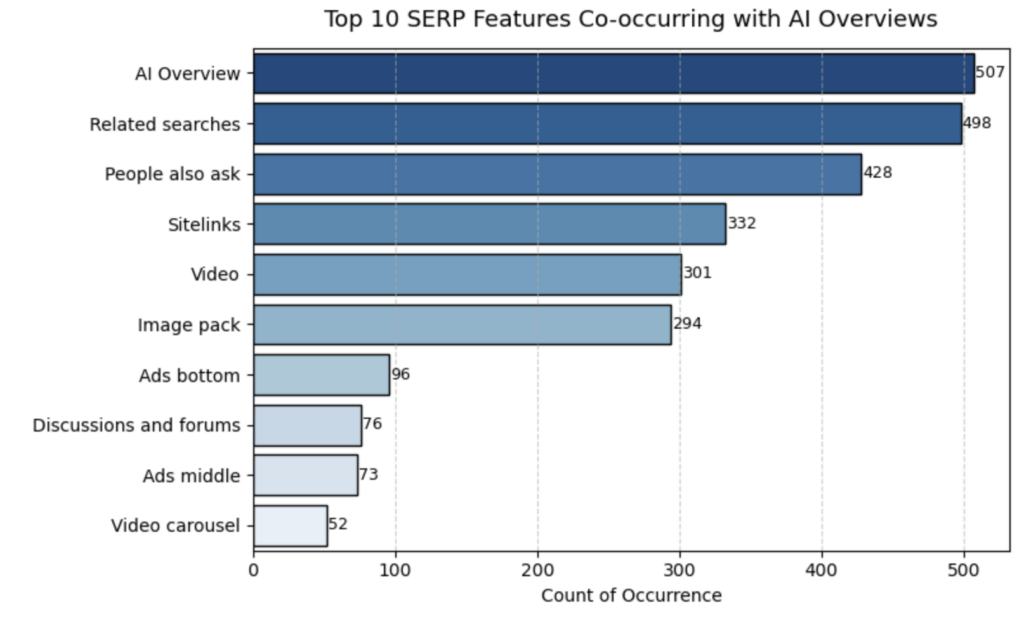
When we analyzed the keywords that triggered AI Overviews, we noticed a strong pattern in the SERP features that co-occur alongside them. The most frequent companion was “Related Searches” (17.4%), followed closely by “People Also Ask” (15.0%) and “Sitelinks” (11.6%). This indicates that even when AI Overviews appear, Google still retains traditional SERP elements that guide users toward additional exploration suggesting that AI Overviews are not replacing old features but rather layering on top of them.
Visual and discovery-oriented elements also feature prominently. Video results (10.5%) and Image Packs (10.3%) appear frequently with AI Overviews, highlighting how multimedia content remains highly visible within these enhanced SERPs. This means marketers and content creators should continue to optimize for video and image search visibility, as these formats often appear beside AI-generated summaries, reinforcing a richer user experience.
Meanwhile, ads and commercial placements are far less frequent, with Ads Bottom (3.4%) and Ads Middle (2.6%) appearing in only a small portion of AI Overview-triggering queries. This suggests that Google is still keeping its AI summaries largely separate from direct monetization, possibly to avoid disrupting ad performance while testing AI integration in organic results.
Interestingly, community and discussion-based content is also beginning to surface. Discussions and Forums (2.7%) show up modestly, indicating that Google is experimenting with weaving human experiences and expert opinions into AI-assisted search results. This aligns with the broader shift toward more conversational and trustworthy information sources.
Overall, this pattern reinforces that AI Overviews sit at the top of an expanded, mixed-content SERP blending AI summaries, multimedia elements, and user-driven features like People Also Ask. For businesses, this means SEO strategies should not only target text-based rankings but also consider visual, conversational, and structured content formats that complement how Google presents AI-enhanced search experiences.

Final Takeaway
AI Overviews are still in their testing phase in Singapore primarily visible in informational, low-competition searches. But the trend is clear: Google’s AI is changing how users consume information. Businesses that publish clear, structured, and trustworthy content will stand to benefit most.
Marketers should begin optimizing for AI visibility, ensuring their pages are factually rich, well-cited, and easily scannable, as these signals will likely influence what Google’s AI chooses to summarize. Early adaptation now could determine who stays visible as AI-driven search evolves across Southeast Asia.

